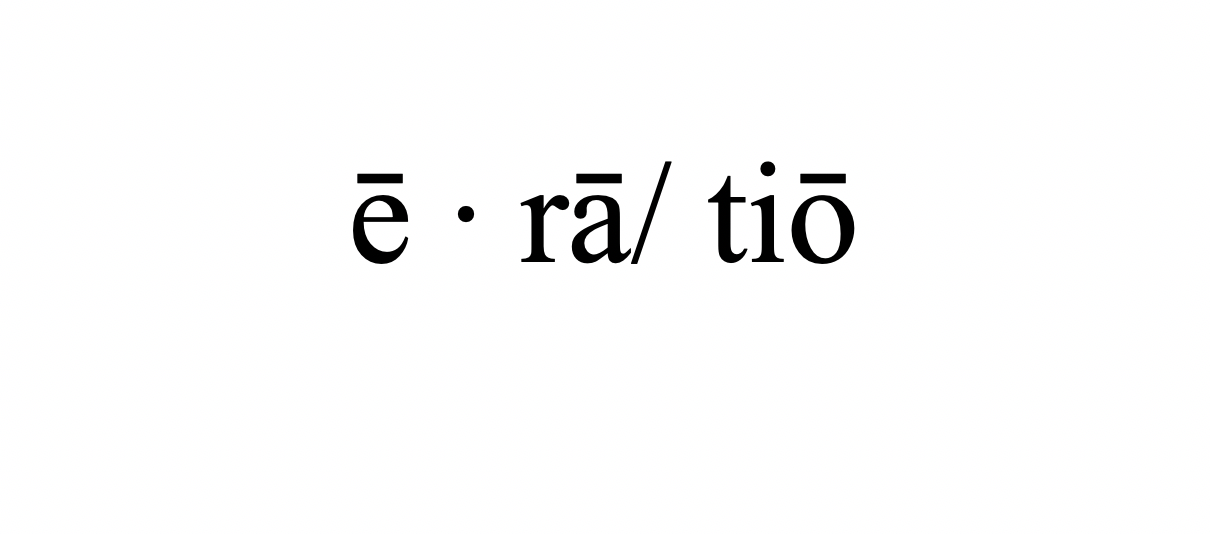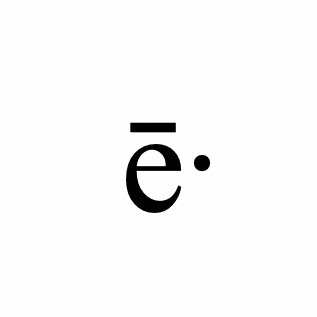Language, Image in North America
Joseph F. Keppler
Language can knot intentions and acts to illocutions, utter thoughts and purposes, or annoy like noise. With an inheritance called English, quite freely, however unequally, without worrying unnecessarily about healthful conversation, most North Americans independently greet, judge, count, promise, wed, divorce, criticize, gossip, shriek, salve discontent, bandage pain, and market authority. Communications speed across monitors into fixated eyes connected to brains in back.
English, not an awesome stock portfolio or sublime art collection, each generation inherits to enrich or impoverish reflection itself. Thinking and seeing form different habits. Writing, reading, voting, shouting, texting, awarding, kidding, packaging, all superabound with and without deep thinking. Too much seeing can saturate reasoning. Whether disappointed or pleased with their in-heritage, users are free to compare different perspectives, fire off attitudes, and as if shooting to be above communal original sin, soar beyond heavy, cloudy, retrograde good and evil.
North American culture arranges signification categorically and positionally: medial or lateral, top or bottom, win or lose, sink or swim, pass or fail in educational, political, economic, and emotional affairs. Grades, ranks, elections, statistics, and charts take over like feral cats, once charming creatures, now swarming everywhere. Machiavellian bluffing, cheating, goading, bribing, boasting, scandalizing adapt and evolve as does their plausible denial. Laws and politics oversee and overlook ethics and crooks. Accusations are tried in grand juries, courts, and media. Justice categorizes people dividing them up by felonies, degrees, and influences. Etymologically category comes from Greek, katēgoros, accuser. To trivialize humanity, history, and poetry requires nothing more than using common English.
Not so with images here, not so. Uncertain neurological interiors refocus on empirical exteriors. Pictures and graphs deed their continual resourcefulness smilingly, convincingly. Clearly, seen trashes unseen. Video and photography settle arguments and narratives. Ads, news, sports, or graffiti spin message into massage à la Marshall McLuhan.
North Americans often picture themselves and their work as pictures for others. Young charmers look out from old photographs as new photographs update accomplished charmers. Representative democracy? Switch the smartphone lens and the itch to photograph equals the scratch to be photographed. Social self-image easily yields without consent to narcissism, anxiety, bipolarity, hostility, suicide. Pandemic mental illness heeds no mask. Those seeking office and those seeking drugs strategically aim to get what they want, and neither elections nor medicine remedy their self-image, which serves their private strategy, a science within science, to conjoin behavior and therapy with illusion.
Moreover language and image can work together to make contraries like black and white, rich and poor, right and left, seem like contradictories. Yin and yang are contraries; contradictories are one without the other. Culture frustrates clarity when habitually compartmentalizing contraries as if incommensurable contradictions. Contraries exist in continuum, and contradictories do not.
Imagine Donald Trump and Muhammed Ali, Elizabeth Taylor, Toni Morrison, Barack Obama and John F. Kennedy, Judith Butler and Chaka Khan, Chief Seattle and Hillary and Bill Clinton, all together somewhere at a gilded retreat, quoting themselves. Who could survive this monological getaway best is not the point. Language is abstract, a dancing in thoughts with another. Though language names a person whose image is optical, image is reproducible and presents a person whose language is, however poetic or insulting, extraneous.
Seattle, Late October 2020
Joseph F. Keppler is an artist, a poet, an essayist, and is contributing editor at ē·rā/ tiō.

